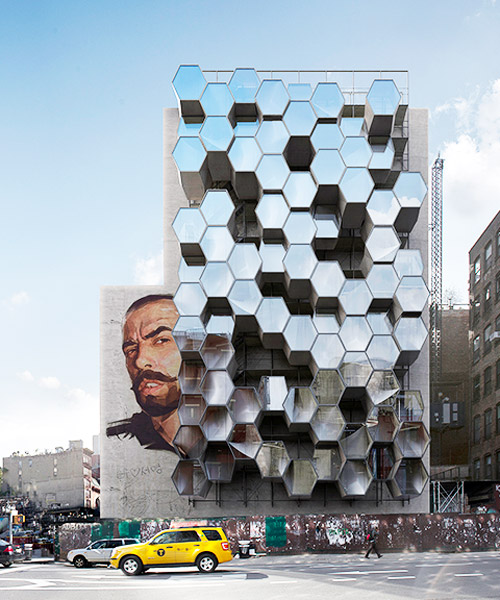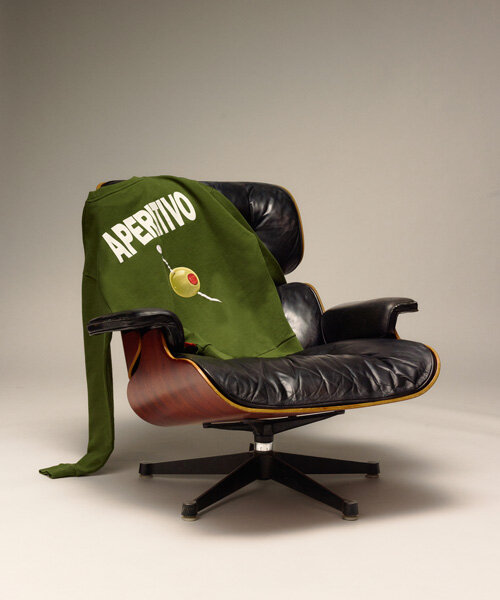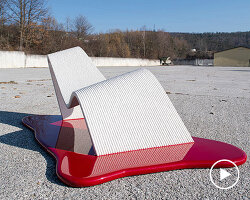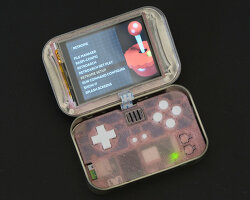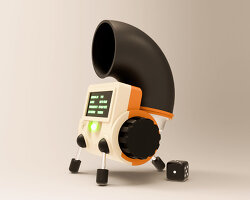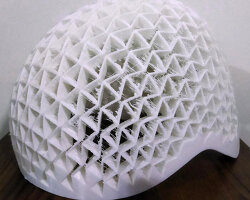new york city-based creative agency framlab have proposed a solution to the city’s rising population of homeless people in a series of 3D-printed micro-neighborhoods made up of hexagonal housing modules. these units are designed to connect to a scaffold structure, pack densely, and create a second, active layer of lots alongside an empty wall.
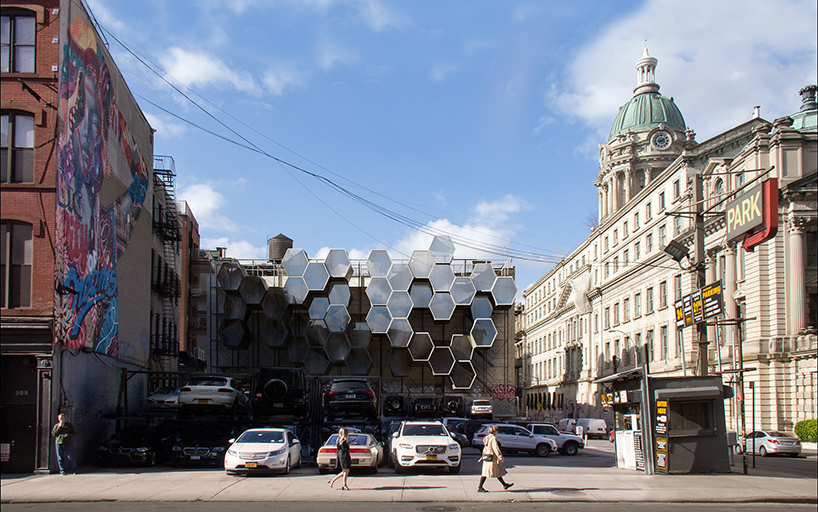
the front of an imagined cluster creating a cellular urban mosaic
the ‘homed’ proposal has been created by framlab to provide year-round housing that can withstand harsh, cold weather and provide a cool space during summer. while the exterior is composed of oxidized aluminum cladding, the interior offers a soft and friendly environment.
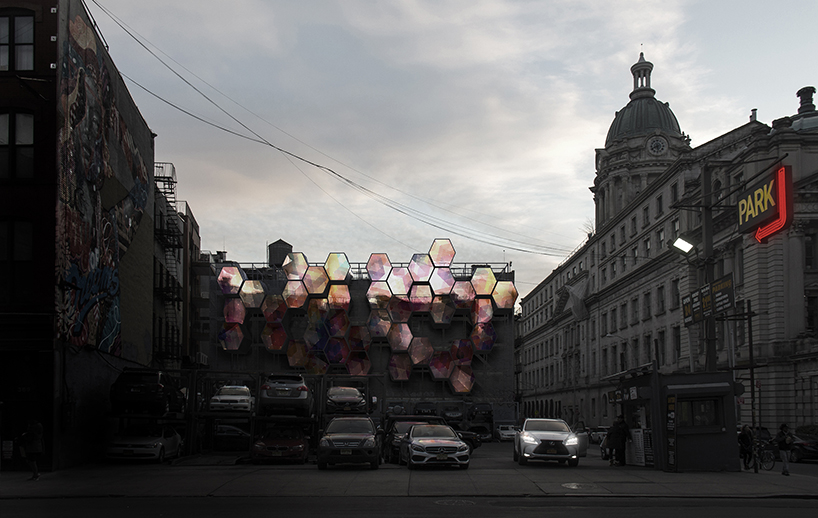
at nighttime the cluster can showcase digital artwork, public information and/or commercial advertisements
the 3D printed modules capture views of the cityscape outside and can be tailored to the specific needs and desires of its resident. furniture, cabinets and equipment can all be integrated into the minimal space as well as a range of integrated smart technologies that support a safe and comfortable space for the inhabitant. a wide range of units can be created, such as a bedroom with a study nook, a lofted bedroom unit or a bathroom unit with all-in-all allowing a speedy deployment of homed communities who can relocate and expand with changes in the built environment just as fast.
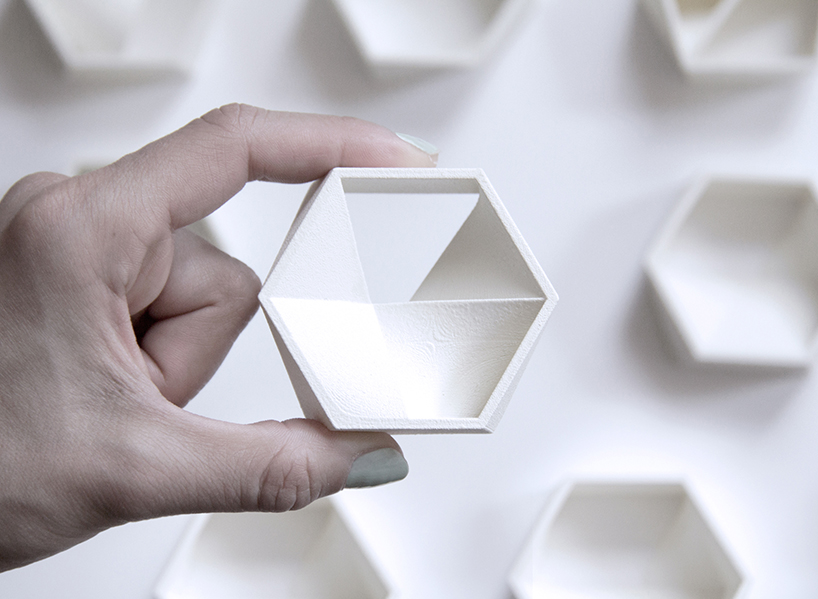
the interior modules are 3D-printed from recyclable bioplastics, offering an environmentally friendly and cost-effective assembly
by taking advantage of pre-fabrication technologies, a community of Homed units can be erected in a matter of days. a typical 50 feet x 70 feet wall can host up to 95 units. the interior modules are 3D-printed from recyclable bioplastics, offering an environmentally friendly and cost-effective assembly. whilst the appearance of the modules during the day form an urban mosaic, at night they have been designed to be able to showcase digital artwork, public information and/or commercial advertisements.
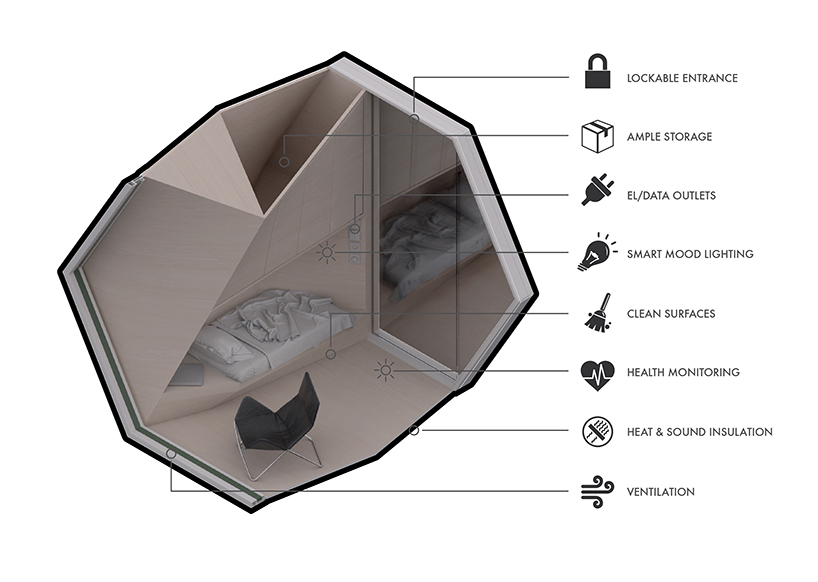
the interior has a range of integrated smart technologies that support a safe and comfortable space for the inhabitant
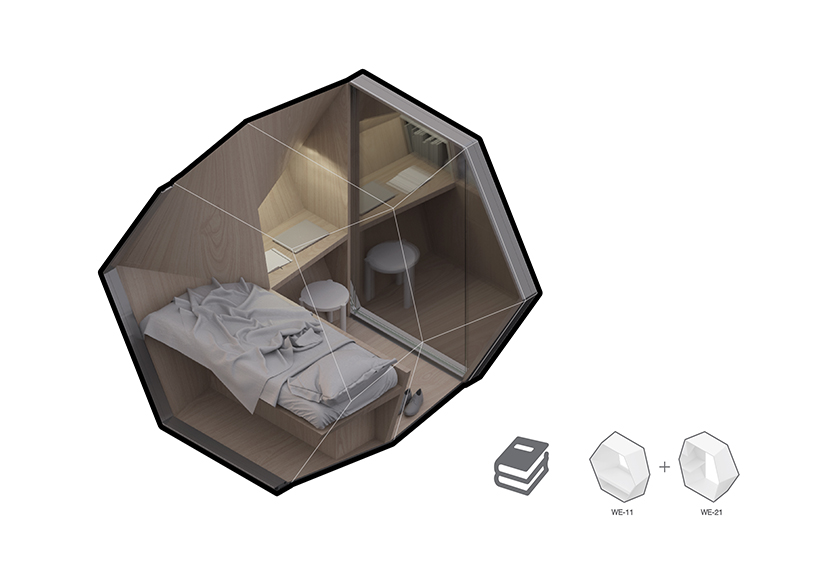
by combining different types of modules, a wide range of units can be created, such as a bedroom with a study nook
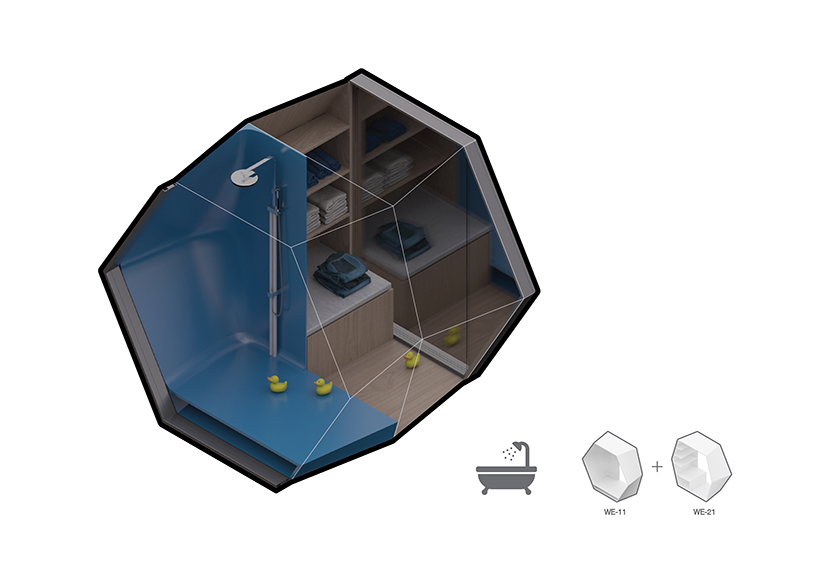
…or a bathroom unit
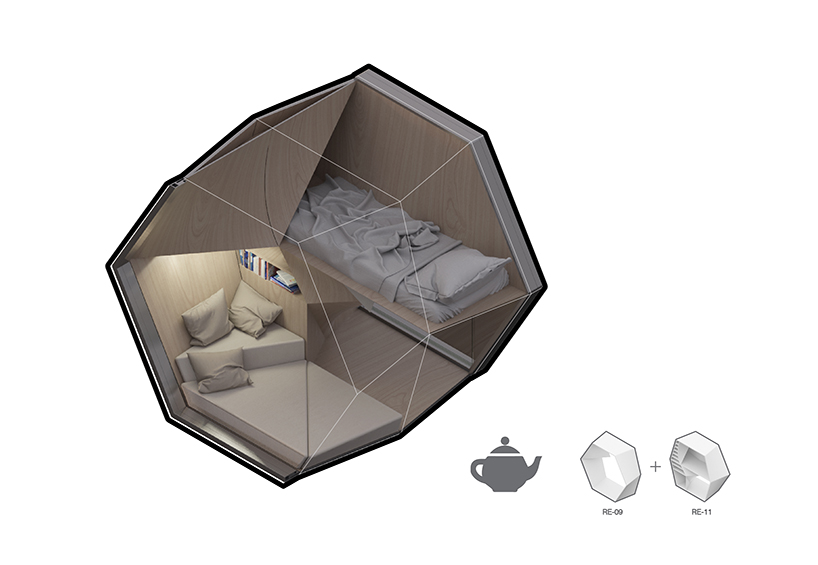
…or a lofted bedroom unit
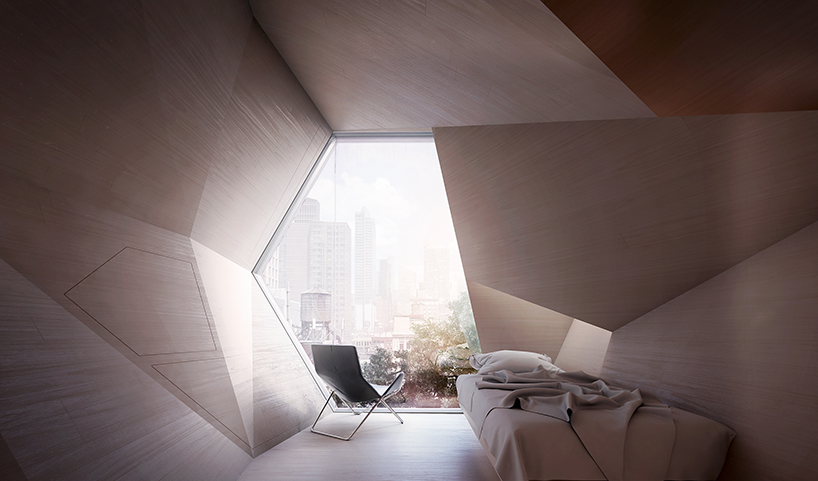
the 3D-printed modules allow furniture, cabinets and equipment to be integrated into the structure,
allowing for a minimal space that does not need additional furnishing and accessories
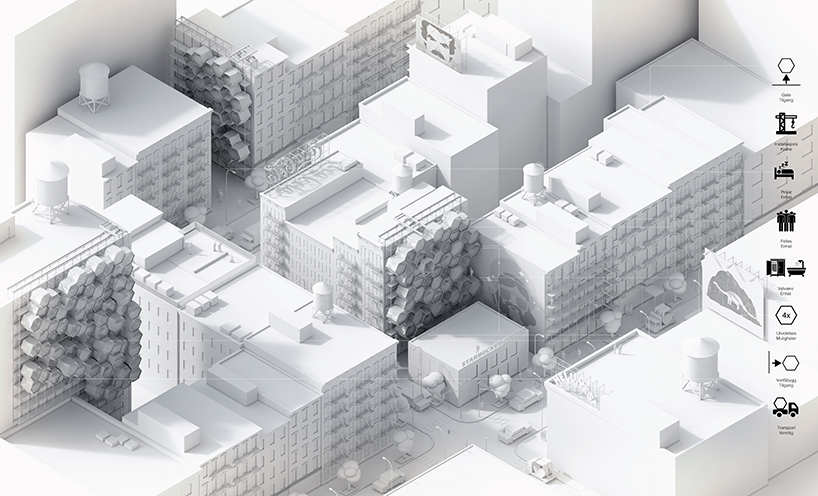
the quick deployment of the system allows homed communities to relocate and expand with changes in the built environment
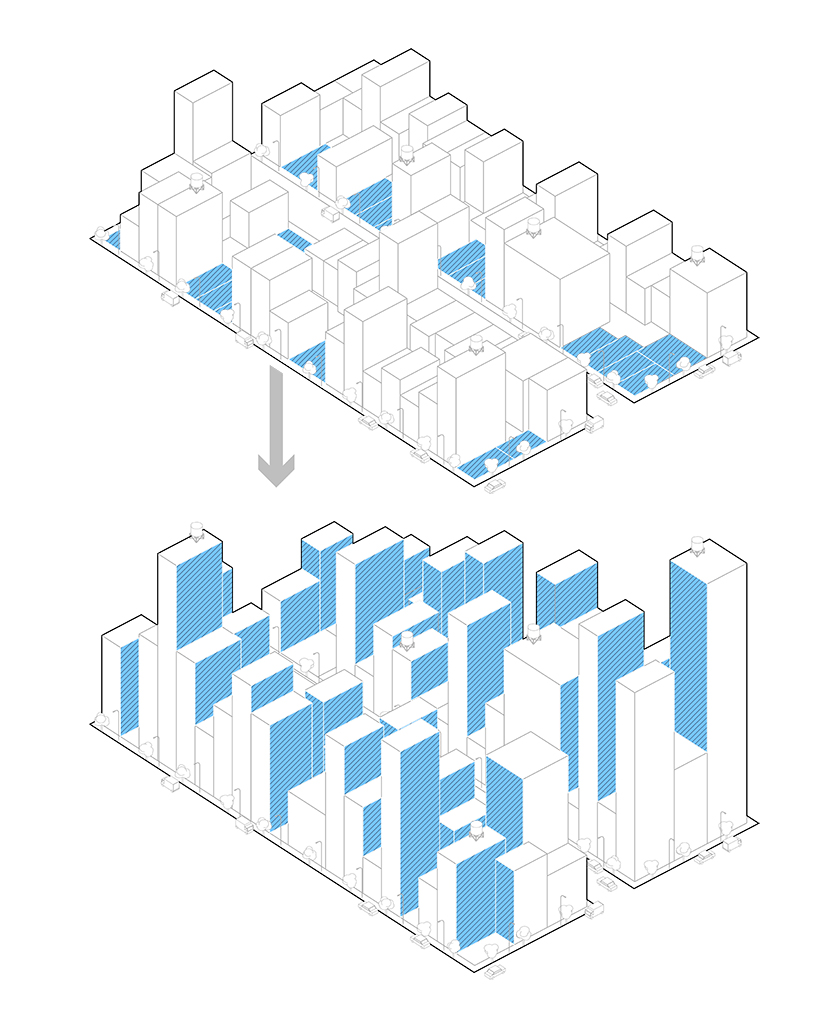
as cities densify, traditional (horizontal) vacant lots disappear and vertical ones emerge
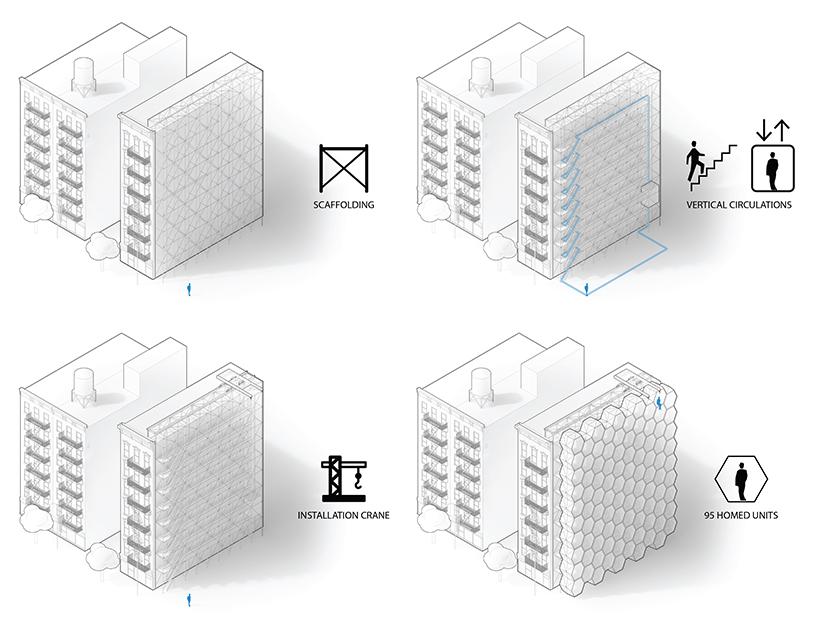
the backbone of a homed cluster is a scaffolding framework with integrated vertical circulation and in-situ installation capabilities
designboom has received this project from our ‘DIY submissions‘ feature, where we welcome our readers to submit their own work for publication. see more project submissions from our readers here.
edited by: kieron marchese | designboom
